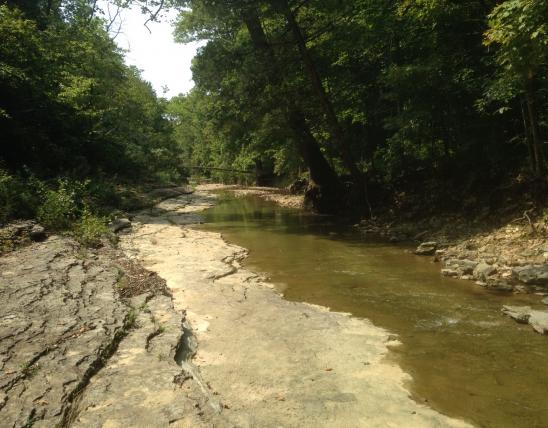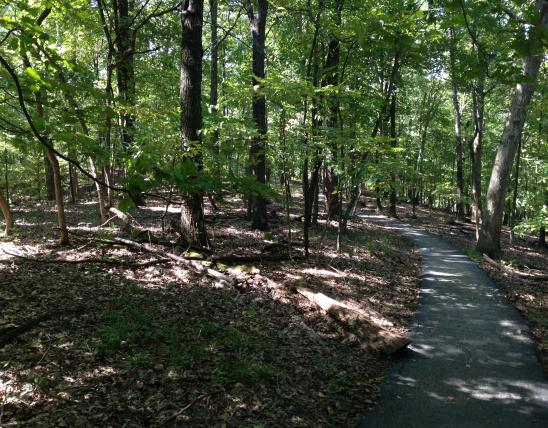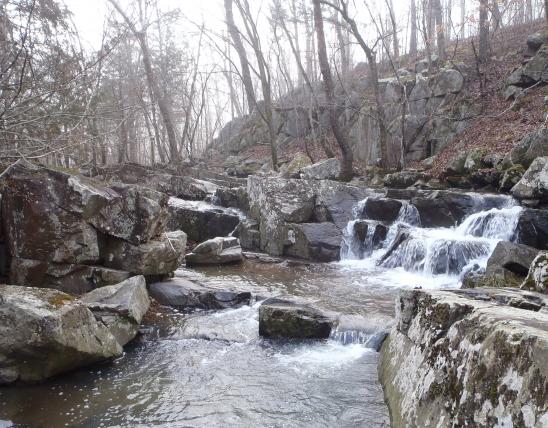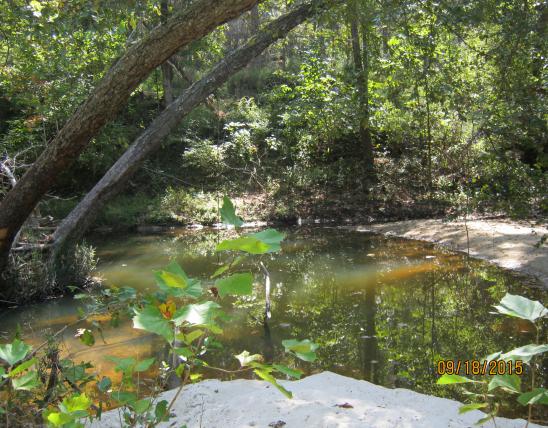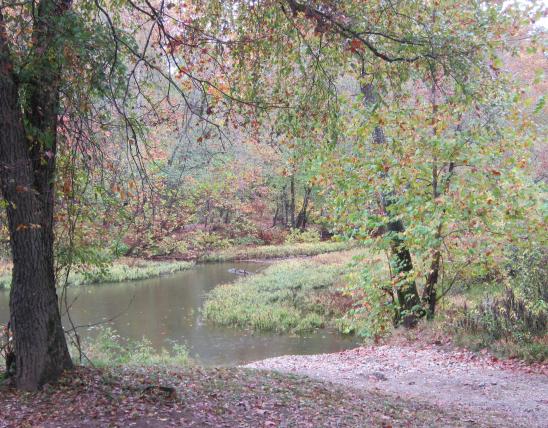For an easy-going day of enjoying the outdoors, Reifsnider has picnic facilities perfect for family and friends to gather for lunch or dinner.
Media
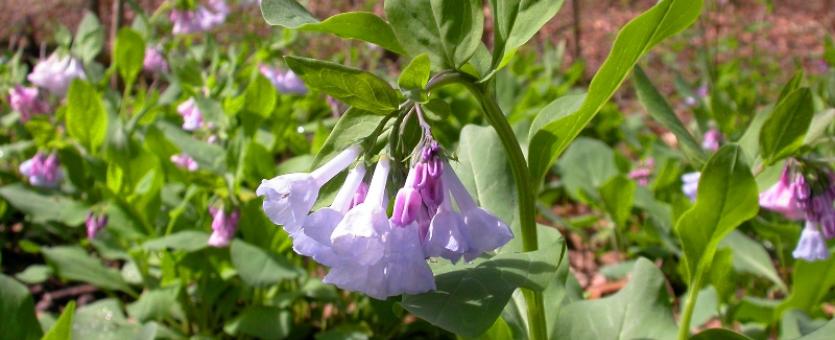
Scientific Name
Mertensia virginica
Family
Boraginaceae (borages)
Description
Fleshy, showy, perennial plants to 2 feet tall, often in large groups. Flowers many, in loose clusters, terminal, hanging like bells, about 1 inch long. Buds pink, turning to light blue on opening. Pink forms are not rare; a white form exists. Blooms March–June. Lower leaves are long, tapering into stems, broad, ovate, to 5 inches long. Stem leaves are smaller, elliptical. All leaves are bluish-green. This is the only Missouri member of the borage family that is not hairy.
Size
Height: to 2 feet.
Where To Find
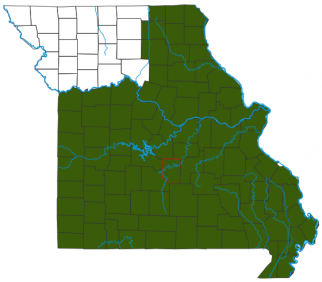
Scattered statewide, except in the northwestern quarter of Missouri, where it is uncommon or absent.
Habitat and Conservation
Occurs in bottomland forests, moist upland forests in ravines, swamps, bases and ledges of bluffs, and banks of streams and rivers. Because it is so beautiful and easy to transplant, it has become a target for unethical collectors who sometimes remove entire populations from the wild, leaving only ugly craters under the trees. When you buy native plants from nurseries, make sure they get their stock from cultivated plants, not from the wild.
Human Connections
This gorgeous spring wildflower is commonly cultivated in shade gardens. If you are thinking of planting them, please don't take them from the wild. Instead, purchase them from ethical native plant nurseries.
Ecosystem Connections
Butterflies are attracted to bluebells, where they gather nectar and pollinate the flowers in the process. Any animals that might eat the foliage have only a brief opportunity to do so, as the aboveground parts of the plant wither and disappear soon after the fruits mature.
Title
Media Gallery
Image
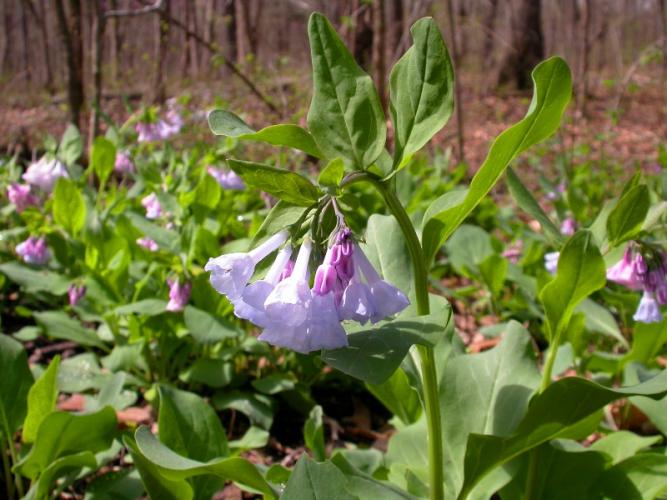
Caption
One of our most stunning early spring wildflowers, bluebells is also a popular native plant for gardening.
Right to Use
Image
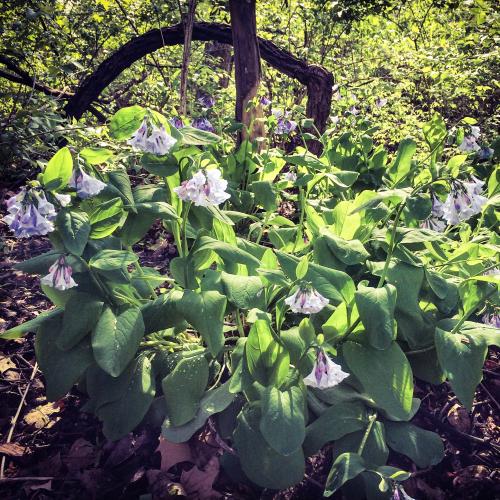
Caption
Backyard Bluebells in South St. Louis County
Credit
Submitted by Charles M. Gleason, Jr.
Right to Use
Image
Credit
Submitted by Michael VanVooren
Right to Use
Image
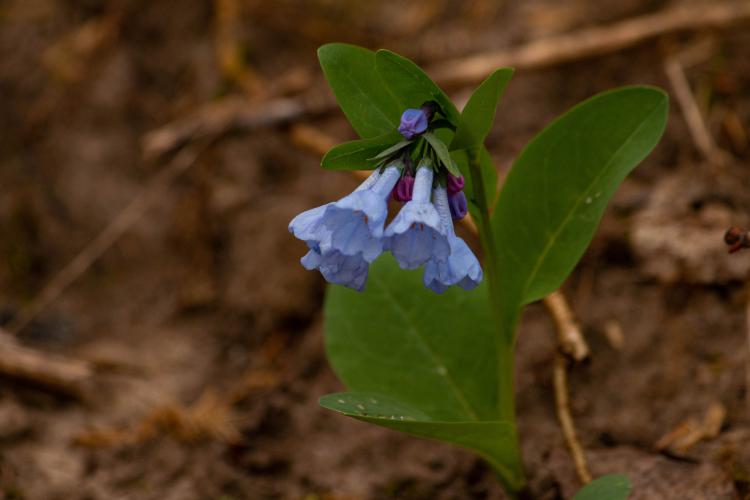
Credit
Submitted by Charles Beckwith
Right to Use
Image
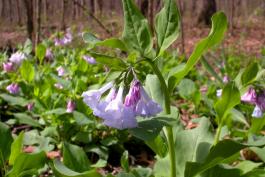
Image
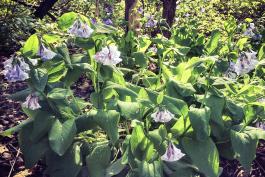
Image
Image
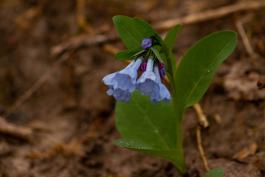
Title
Similar Species
Where to See Species
It's hard to believe you could find a place like Rockwoods Reservation in busy west St. Louis County. But it's a sample of the Ozarks right in the middle of the suburbs.
Young Conservation Area is another one of three conservation areas within the outstanding LaBarque Creek watershed, which has at least 54 species of fish and a diversity almost three times greater tha
About Wildflowers, Grasses and Other Nonwoody Plants in Missouri
A very simple way of thinking about the green world is to divide the vascular plants into two groups: woody and nonwoody (or herbaceous). But this is an artificial division; many plant families include some species that are woody and some that are not. The diversity of nonwoody vascular plants is staggering! Think of all the ferns, grasses, sedges, lilies, peas, sunflowers, nightshades, milkweeds, mustards, mints, and mallows — weeds and wildflowers — and many more!






















